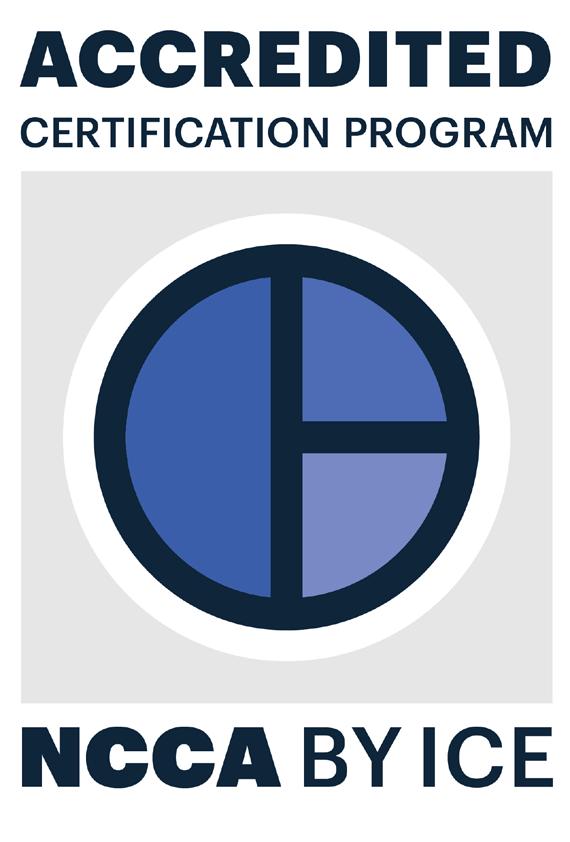How I Managed a
40% Engagement Rate on LinkedIn Social media has been called the new cold call. When you consider direct mail, e-mail and cold calling might yield single digit response returns, social media looks like the Great Oklahoma Land Rush of 1889. Can you get social media prospecting to work in your favor? Background Large firms and new technologies often don’t work hand in hand. Veteran consultants will remember their efforts to get professionally active on social media were met with a “No. You can’t do that.” Years later, firms warmed to social media. Why? I think they always saw the potential, but didn’t have a way to monitor and archive messages. Once that hurdle was cleared, firms encouraged consultants to get active. The Great Land Rush There’s a saying in Asia: If you want peace and quiet, find a place where you pay for admission. Consultants used to cold call. Then came robo calling. Other consultants would send e-mails. According to Techjury and Campaign Monitor, the average office worker receives 120 e-mails each day.(1) If the cost is close to free, the channels get flooded. Everyone jumps in. I don’t think social media prospecting has reached saturation levels yet. LinkedIn is considered a business specific site. According to 99 firms the average LinkedIn user is on the site about 17 minutes per month. FaceBook is closer to 1,400 minutes.(2) Here’s another interesting statistic. Of LinkedIn’s 610+ million members, 303 million are active users. 40% visit daily. LinkedIn reaches people who take the site seriously and have the potential to become clients. What I Learned Through Trial and Error You don’t need to reinvent the wheel. We can learn from each other’s experiences. After about five years of trial and error, here are two major discoveries I made: 1. Making connections who might actually do business... My business involves writing and training, but the principles are easily transferrable. I have five categories of potential prospects: Managers, potential sponsors, accountants, editors, and consultants in Asia. Each day I choose a category. Managers might be that day’s specific target. I search for 2nd level connections. To each I send a personalized message: “(first name) is a Complex Manager at (firm). We have (#) shared connections. I’m
Page 27
a former ML consultant and manager who writes articles on prospecting because training is my business. LinkedIn is an efficient way to share them. Let’s connect.” Result: Personalizing the connection makes a difference. I add 100 new connections in about 14-21 days on average. This includes invitations I receive and accept. 2. Engaging with connections... Now that I have connections, what can I do with them? Obviously posting content to the daily feed makes sense. Will people see it? You don’t know. I prefer sending personalized messages. The five categories above become five lists. Each month I send personalized message with an article link to each one. It’s labor intensive, but LinkedIn usually sends an e-mail telling the user there’s a message waiting. Another strategy is to send a personal “getting to know you” e-mail. These start as a block of text I personalize. It includes expressions like “The is a personal message. We’ve been connected since (date). That’s (x) years! It’s time to get to know you better. I volunteer some personal information (that’s standard text). I ask them to tell me about themselves.” I send 15 messages per day. My objective is to message all my 1st level connections. At 3,300+ connections, that’s 220 days or about 44 weeks! 15 messages a day is manageable. Some are custom written if I know them well. Result: These personalized messages combined with the monthly article links (to some), answering messages, and sending those birthday notifications has yielded an annual response rate of about 40%. Once a person has messaged you back, you are on your way to getting a conversation going. Why Is This a Good Prospecting Strategy? The advantages to this strategy are obvious: 1. It produces results. In prospecting, the hardest part of the job is getting people to engage with you. 2. You become a subject matter expert. You might be sharing article links or firm research.
3. It’s both high tech and high touch. You’ve received the “untouched by human hands” connections and messages. This approach lets people know there’s a real person at the other end. They like it. 4. You cultivate relationships. Messaging leads to phone calls. Time is your only cost. You don’t need to buy someone’s training program. I’ve been doing this through the free version of LinkedIn. You can compose your own messages, subject to Compliance approval. 5. It’s not tied to market hours. Like e-mail, you can work on this project early morning or late evening. It’s not like calling clients during the business day. 6. It’s fun. You learn about people. You discover hobbies they are passionate about. You have engaging conversations often through messaging. 7. It’s not too time consuming. E-mail has an immediacy. Ditto phone calls. You feel you must stop what you are doing and respond. LinkedIn messaging is different. I get my LinkedIn tasks done in the early morning. I don’t look at it again until the next morning. The analogy I use is the US Mail. It’s delivered once a day. I put LinkedIn messaging into the same category. Would this prospecting method work for your practice? (1) How Many Emails Are Sent per Day: The Startling Truth [2020] (techjury.net) (2) Eye-Opening LinkedIn Statistics for 2021 - 99firms.com
Bryce M. Sanders Bryce Sanders is President of Perceptive Business Solutions Inc. He provides HNW client acquisition training for the financial services industry. His book “Captivating the Wealthy Investor” is available on Amazon. Contact: (215) 862-3607 brycesanders@msn.com www.perceptivebusiness.com The Register | Summer 2021





















